Unlimited Success: Turning the Agency Model Upside Down with Subscription Models
Is the unlimited subscription web design agency model, popularized by million-dollar one-man agency owner, Brett Williams of DesignJoy, the future of creative entrepreneurship? I mean, you can’t ignore the allure: freelancers and small studios are raking in multiple six-figures,...

Is the unlimited subscription web design agency model, popularized by million-dollar one-man agency owner, Brett Williams of DesignJoy, the future of creative entrepreneurship? I mean, you can’t ignore the allure: freelancers and small studios are raking in multiple six-figures, even millions, in annual recurring revenue without the enormous overhead costs of running a traditional agency.
As 2023 ushered in this new phenomenon of “productized designers”, I started to become obsessed with it, and I had to know more about it — so I went straight to the source and I interviewed Brett himself, in my community of web design professionals and agency owners, The Creative Crew.
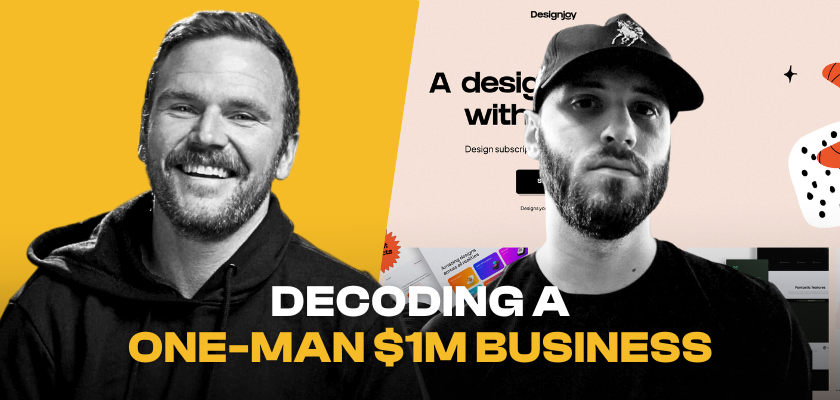
This model offers clients high-quality, unlimited access at a predictable cost and a no-strings-attached, cancel-or-pause-anytime guarantee, and promises the service provider predictable monthly recurring revenue with minimal overhead. Sounds like a complete no-brainer to ditch the old way and embrace this revolutionary new way, right?
Not so fast. Is this model the Holy Grail, offering unlimited success for creative entrepreneurs, or just a fleeting trend set to disappear, leaving a trail of copy-and-paste, unremarkable businesses in its wake? Let’s dig in.
What is the Unlimited Subscription Model for Web Design Agencies?
To understand this unique model, we need to first understand what a productized service is: a standardized service offered at a fixed price, timeline, and scope, kind of like a real product you can buy right off the shelf.
The unlimited services model is a productized service in which the client pays an ongoing subscription fee, and is allowed unlimited design requests without additional per-project costs, or hourly fees. The service provider delivers on the requests by either chipping away at each, one-by-one, or by assigning a team of designers to work on the client’s request, providing continuous design services throughout the subscription period.
How is it different from the traditional model?
Two words: the internet. We can thank the internet, and everything it has spawned: social media, cheap and accessible software, access to ideas, and access to people, for the ability to take a business idea, validate it, and profit (or pivot) quickly without having to take out a business loan, lease an office, hire multiple employees, and bury ourselves in bureaucracy.
This democratization of entrepreneurship birthed a whole new generation of business owners who realized that building a lean, scalable and profitable operation was now within reach, without much risk.
Productized services have always been around in some form or another (they just didn’t have a trendy name) but with the internet, the customer can be in any part of the world, in any timezone, entering their credit card information on the checkout page of your website. If you have a compelling offering, a good price, and the ability to fulfill your services, you don’t need many customers to build a lucrative, and predictable business.
Why is the Unlimited Subscription Agency Model So Attractive?
This model, if positioned well and executed properly, is a win-win for both parties.
As Luke Miler, founder of DCNY, a software development subscription puts it,
“With traditional agencies, most projects need a formal kickoff, and weeks go by before the work even starts. With us, you simply sign up, provide the details, and within hours, you receive a notification from your producer that the work has started and it’s underway.”
The client benefits greatly from this model. Some of the benefits include an easy to understand value proposition, a predictable price that is less expensive than hiring a full-time designer, clear expectations for what deliverables they will receive and when, an intuitive system for making requests and receiving deliverables, and a pause-or-cancel anytime guarantee makes this offer a no brainer for clients.
For service providers, benefits include:
Predictable revenue Easier measurement of valuable KPIs, like Lifetime Value and Cost Per Lead, making it easier to measure the ROI of acquisition methods Minimal friction for clients to make a purchase, which can happen 24/7 on the website Sales conversations are easier to close with warm leads already understanding your value proposition You don’t need many clients to generate significant revenue Predictable systems and processes make it easier to delegate work to team members, freeing you up to improve your offering, sell more subscriptions, or This business can be completely delegated to skilled team members, or sold for a handsome priceThere’s one more party who greatly benefits from this model as well: your team! If you choose to productize your services and build a subscription-style offering into your agency, and you want to utilize your team’s talents and skills (or you want to hire a team) in order to scale and manage fulfillment, your team can greatly benefit from the constant influx of new work, creative challenges, consistent pay, and opportunities for growth. Off Menu’s secret to success lies in hiring talented offshore creatives, “We have 50+ creatives all over the globe. A ton in the Philippines.” And they pay them very well — because, well, they’ve got the cash to do it.
Common Criticisms of the Unlimited Subscription Agency Model
Some critics question the sustainability and scalability of running a design service like DesignJoy as a solo operation and feel that the model is likely to lead the service provider into burnout.
Hunter Hammonds, whom I interviewed in my community for web design agency owners, The Creative Crew, said this on the subject of the sustainability of solo operations like DesignJoy: “I don’t know how I could design for 20 customers and feel like I was delivering my best work. So if he can, then awesome. He’s a superhuman.”
Brett Williams, whom I also interviewed, acknowledges this common criticism by saying, “I ran DesignJoy for five years, worked literally from sun up till late at night. Eventually, I did burn out. It was just my passion that got me through everything.”
Brett has since made some major adjustments in his business, including doubling his price to reduce demand, limiting his work hours, and choosing to keep his operation small so he doesn’t have to manage people. He continues, “Now, I’m in a very good position, where I work less than full-time hours and can take off a day here and there, and whenever I want to. It’s not a perfect model. There are a lot of downsides to it, but reasonably speaking, I have a very, very balanced life.”
With huge success stories like DesignJoy, DesignPickle, and Hunter Hammond’s businesses such as HeyFriends, BiteSized, Endless Design, and DCNY, to name a few, aspiring entrepreneurs see big money and want in on the pie. So, they create near-identical versions of the websites, right down to the copywriting and pricing, hoping to capitalize on the demand. Hunter Hammonds calls out this “copy-and-paste” approach by saying, “Do not try and copy what we’re doing. It’s unrealistic.” He presses the point further by mentioning that their huge success lies in the fact that he has been in business for a decade, and between his co-founder, Sahil Bloom, and himself, he says, “our network is huge.”
Daryl Ginn, founder of the six-figure design subscription, Endless Design, says, “Even my own clients are sending me design subscription sites that look like endless.design. How are you ever going to be taken seriously if your own website is unoriginal? It’s not just designers that notice this stuff. Do better.”
Another common criticism is that the term ‘unlimited’ is misleading and not truly unlimited. Brett from DesignJoy, who may have popularized the use of the term, has changed his tune, perhaps due to criticism. He has recently said, “If you’re running a design subscription service: Stop using the term ‘unlimited requests’. It may get you clients, but it’s totally misleading.”
Gregory Hickman of AltAgency, a thought leader in the productized service space, says, “Productized services don’t have to be: 1. unlimited requests (which is kinda dumb if you ask me) or 2. a recurring service (many services shouldn’t be). People have limited their thinking on this, and it’s holding them back.”
One other common misconception is that subscription services are just “rebranded” monthly retainers. However, this is incorrect and easily clarified: retainers are pre-paid sets of hours for defined work with extra costs for out-of-scope work, while a subscription is a fixed cost for ongoing access to some form of value, like services, products, or usage.
Even though this model is attractive and potentially very lucrative, the reality is, like any business model, making it succeed takes work, persistence, passion, and grit to get through the unglamorous parts of the business. Plus, having a large network and a distribution channel certainly helps. If you’re looking for overnight success, or some get-rich-quick opportunity, productized services and unlimited subscription agencies aren’t it.
Success Stories
The appeal of this model is hard to ignore with major success stories, like DesignJoy which earned $1.15M as a one-man design agency in 2023.
Similarly, Daryl Ginn of Endless Design has clients paying $8,995 per month for his design services, with some amassing a Lifetime Value (LTV) of more than $47,000.
Luke Miler’s success in building his productized agency, DCNY only contributes to the model’s appeal. In less than 6-months, the company went from zero to more than $600,000 in Annual Recurring Revenue (ARR) according to Miler in this X post, “We’ve built http://dcny.co from $0 to over $600k in ARR in less than 6 months.”
Hunter Hammonds takes this a step further with his productized agency, Off Menu, which sells their subscription style offering for a minimum of $15,000 per month — and 24 hours into 2024, Hunter proudly exclaims, “Off Menu has added over $60k/MRR.” And that is on top of the already six-figure monthly recurring revenues.
Productized subscription services are becoming so popular that supporting businesses are popping up to cater to the demand. These include project management software specifically designed for unlimited request-style subscription services, like Breeew. Content creators are even capitalizing on this trend by producing content, workshops, courses, and even directories. These directories feature easily searchable productized services, broadening the scope of this growing trend.
These examples not only showcase the financial viability of the subscription model but also highlight its potential to revolutionize traditional agency structures.
How to Implement the Productized Subscription Service in Your Agency?
If you are interested in exploring productized subscription services in your business, whether as your primary offering or as an experimental offering within your existing agency services, here are some practical tips to adopt.
The secret to the success of this model lies in how specific your niche is.
Choose a very specific target market, i.e., Dentists, Authors on the speaking circuit, freelance landscape photographers, bootstrapped SaaS companies, or if you want to build your subscription offering on top of a pre-existing user base of a tool or software, i.e., Wix Studio Web Design Agency.
Now, make sure you clearly define the actual problem your clients suffer with. Ideally, you would interview your target audience to extract the wording they use to explain the problem they experience. This will help you refine your messaging on your website.
Craft a compelling offer at a no-brainer price, anchored on some form of value that’s clear for the client to translate.
Make a killer landing page with a clear copy. In an interview I hosted with Wesley Bancroft, agency owner and founder of productized service, LogoLaunch, Wesley shared his formula for landing page structure for productized services:
Headline: Tell your audience what you do and the outcome they will get. Subtitle: Expand on the problem and tell them your solution. CTA buttons for booking a call and viewing plans. Show curated samples of your best work. “Why us?” section: Tell your audience why they should choose you and tell them your promise and who they will be at the end of the process you deliver for them. “How it works” section: Explain your process as simply as possible. Don’t dive into details. Make it easy to understand. Show testimonials and social proof. Show more of your best work. Tell them your guarantee. List what’s included in terms of deliverables and what they get. Show the pricing packages and make it easy to compare the differences. In your pricing packages, consider anchoring with a large priced offering to make your productized pricing more palatable, i.e., custom services start at $18,000/mo, but package 1 is $2,500/mo. FAQ section. Conclude with a final hero statement or CTA. Big button with primary CTA.In order for your productized subscription service to run like a well-oiled machine, you must nail your systems and processes with SOPs and constantly improve them.
Constantly review and reduce friction at any bottleneck in the system.
You must be incredibly skilled at the craft, time management, and execution (as is the case with Brett from DJ) or you must hire and nurture the best (as Hunter does with Off Menu).
You need a simple project management system that should allow the client to easily submit requests, comment on them, and see your progress. Kanban style boards (i.e., To Do, Doing, Done) where you drag and drop items from left to right in relation to its progress are helpful. Consider Trello, Asana, Basecamp, Wix Studio’s Project Management tools, etc.
Set clear communication and boundaries with clients.
The more you change your mindset to selling a product, rather than a service, the better you will get at delivering this service and getting out of your own way.
The Future of the Model: Sustainable Revolution or Fleeting Trend?
Productized services aren’t just a passing phase; they are indeed gaining momentum. These “unlimited” (though we now understand they aren’t truly unlimited) subscription services appear nearly unstoppable. Clients are drawn to their transparency, the ease of accessing value, and the cancel-or-pause anytime guarantee. Furthermore, the costs are generally manageable for most businesses opting into these services. As we’ve seen, many creative entrepreneurs are thriving by shifting their offerings to this subscription style model.
Brett from DesignJoy believes, “The hottest trend in 2024 will undoubtedly be productized services.”
Hunter of OffMenu sees the value of productized services increasing, with a trend towards higher priced offerings. He notes, “Huge trend in productized services this year. Raising prices,” which opens opportunities for service providers aiming to offer lower-priced options to the clientele being priced out.
Do these services offer unlimited growth potential? It may seem so, especially if you spend time reading the success stories we’ve outlined in this article. But considering basic economics: as supply increases, demand typically decreases. And with the popularity dramatically rising among web design businesses, will the supply eventually exceed the demand?
Possibly.
However, if your web design agency is looking to diversify revenue streams, now might be the opportune moment to productize.
About the Author
Brad Hussey, an influential web designer and content creator from Canada, has made a significant impact in the web design industry. Teaching over 600,000 students through online courses and tutorials available on Udemy and his personal websites, Brad is recognized as a leader in the field.
Join The Creative Crew Community
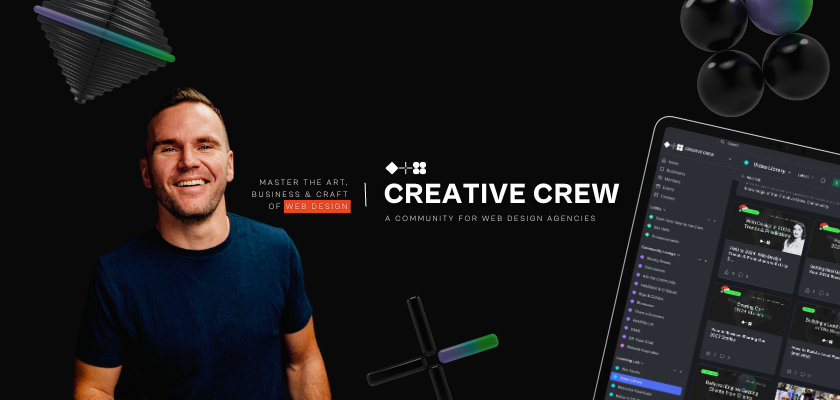
Looking to grow your web design agency? Join The Creative Crew, a community spearheaded by Brad Hussey in partnership with Wix Studio. It’s the perfect place for agency leaders, creative directors, and business owners to enhance their skills, network, and access exclusive industry content. Dive into expert sessions, industry training, engaging workshops, and discussions on vital topics in web design.

 Lynk
Lynk 











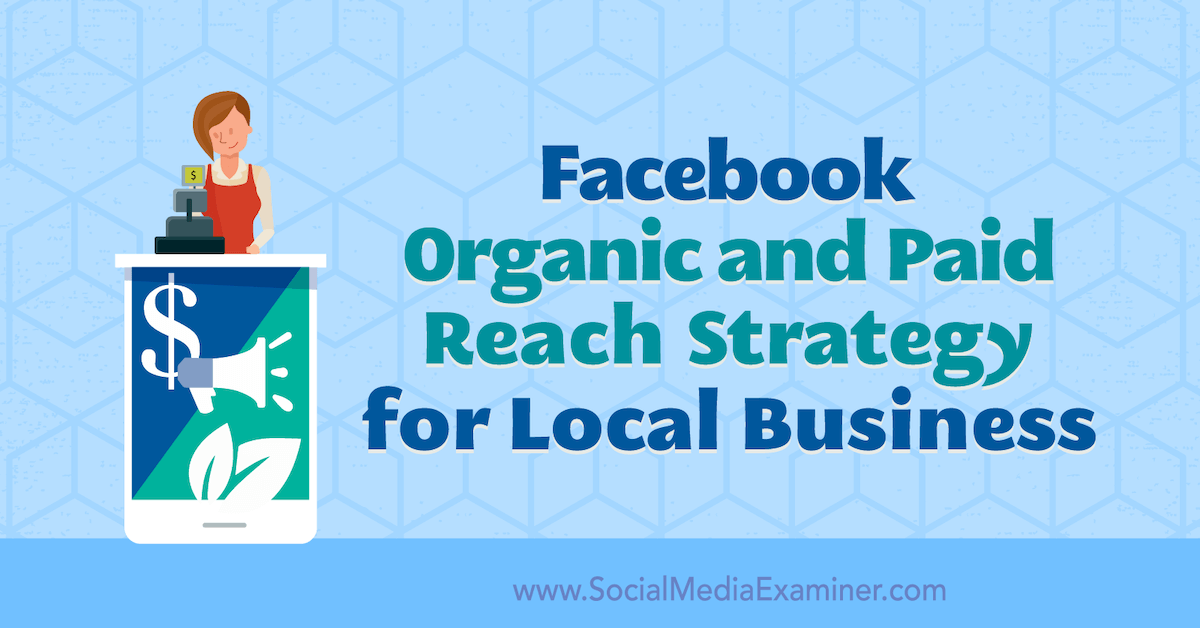







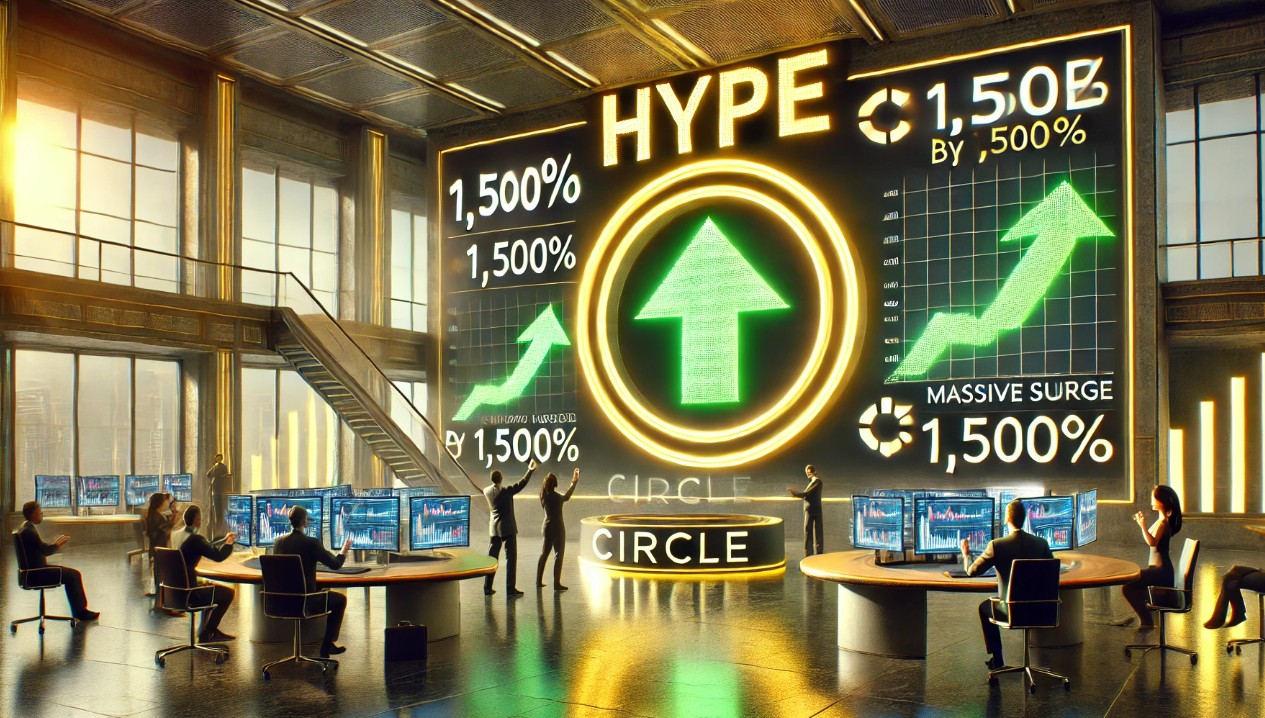

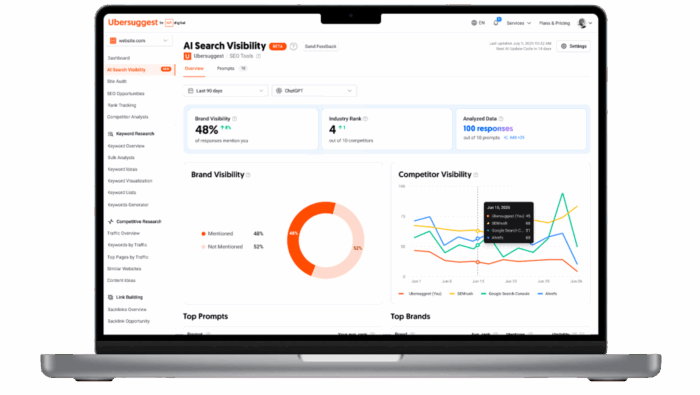

.jpg&h=630&w=1200&q=100&v=f776164e2b&c=1)








